Home>diy>Architecture & Design>Which Architectural Style Features Pointed Arches?
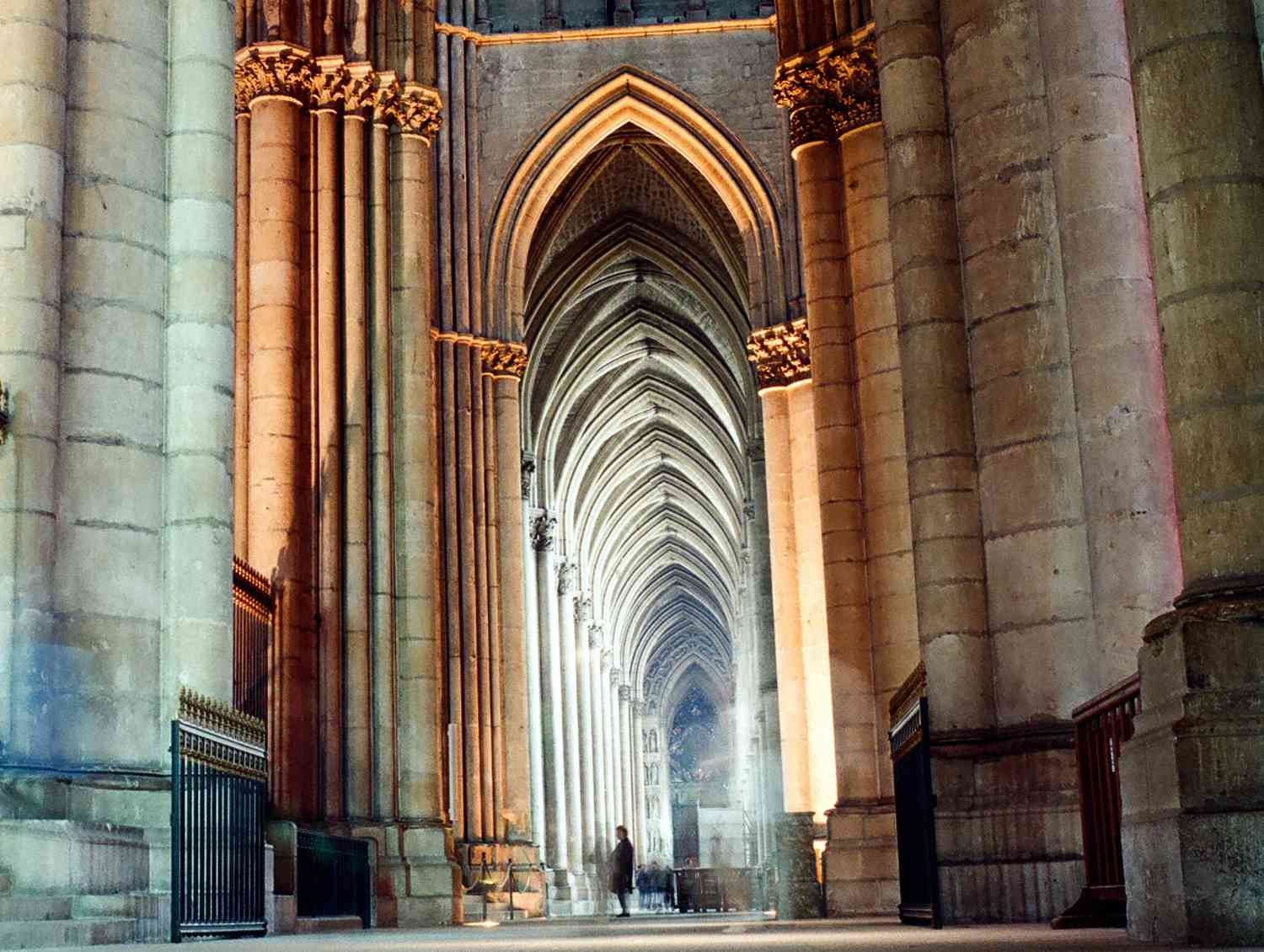

Architecture & Design
Which Architectural Style Features Pointed Arches?
Modified: December 7, 2023
Discover the unique architectural style that showcases the elegance of pointed arches in the world of design. Explore the rich history and characteristics of architecture-design with this definitive guide.
(Many of the links in this article redirect to a specific reviewed product. Your purchase of these products through affiliate links helps to generate commission for Storables.com, at no extra cost. Learn more)
Introduction
Welcome to the fascinating world of architectural styles! From towering cathedrals to elegant palaces, architecture has played a significant role in shaping our history and culture. One fundamental element of architectural design that stands out is the arched structure, specifically, the pointed arch.
Pointed arches have been used in various architectural styles throughout history, showcasing their versatility and beauty. In this article, we will explore the architectural styles that prominently feature pointed arches and delve into their unique characteristics.
But what exactly is a pointed arch? A pointed arch is an architectural element characterized by a slender, pointed shape at the top. Unlike the rounded arches found in the ancient Roman and Greek architectural styles, the pointed arch has a more dramatic and visually striking appearance.
The use of pointed arches in architectural design can be traced back to the Gothic period, but they can also be found in other styles such as Romanesque and Islamic architecture. Let’s take a closer look at each of these architectural styles and understand how they incorporated the elegance of pointed arches into their designs.
Key Takeaways:
- Pointed arches, a key feature in Gothic, Romanesque, and Islamic architecture, add elegance and structural efficiency to buildings, transcending cultural and historical boundaries.
- The versatility of pointed arches extends beyond specific architectural styles, showcasing their adaptability and enduring appeal in various historical periods and contemporary designs.
Gothic Architecture
Gothic architecture, which flourished in Europe during the Middle Ages, is known for its soaring cathedrals and intricate details. Pointed arches were one of the defining features of this architectural style.
The pointed arches in Gothic architecture served both aesthetic and structural purposes. The slender and elongated shape of the arches allowed for a greater height and grandeur in the design of the buildings. This innovation made it possible to construct larger windows and create a sense of openness and lightness in the interiors. The pointed arches also distributed the weight of the structure more evenly, allowing for the construction of taller and more impressive buildings.
One of the most famous examples of Gothic architecture showcasing pointed arches is the Notre-Dame Cathedral in Paris, France. Its stunning rose windows and towering spires are adorned with intricate stone tracery, which is made up of delicately carved pointed arches. The cathedral’s interior features a network of pointed arches known as rib vaults, which support the soaring ceilings and create a sense of upward movement.
Gothic architecture, with its emphasis on verticality and intricate ornamentation, aimed to inspire awe and convey the power and beauty of the divine. Pointed arches played a crucial role in achieving these goals, adding a sense of elegance and grace to the structures.
It is important to note that while pointed arches are often associated with Gothic architecture, they can also be found in other architectural styles.
Romanesque Architecture
Romanesque architecture, which emerged in Europe during the medieval period, is characterized by its solid and robust structures. Although rounded arches are the primary feature of Romanesque architecture, pointed arches can also be found in certain instances.
While the rounded arch was prevalent in Romanesque architecture, the use of pointed arches became more prominent in later phases of the style’s development. One example of this can be seen in the Durham Cathedral in England. The cathedral features a Galilee Chapel with pointed arches, which were added to the existing structure during the Norman period. These pointed arches create a striking contrast to the rounded arches found in the main body of the cathedral and add a sense of verticality and elegance.
Although pointed arches were not as common in Romanesque architecture as they were in Gothic architecture, their inclusion in certain structures demonstrates the evolving nature of architectural design and the influence of different styles over time.
Despite the limited use of pointed arches, Romanesque architecture is renowned for its solidity and monumental character. Thick walls, small windows, and massive piers create a sense of strength and stability. The focus is on creating robust structures that convey power and endurance.
Overall, while pointed arches may not be a predominant feature in Romanesque architecture, their occasional inclusion showcases the adaptability of architectural styles and the gradual transition to the more elaborate Gothic architecture that would follow.
Gothic architecture is known for its use of pointed arches, which can be seen in famous structures such as Notre Dame Cathedral and the Chartres Cathedral.
Islamic Architecture
Islamic architecture, with its rich and diverse heritage, is renowned for its intricate geometric patterns, calligraphy, and decorative motifs. While rounded arches are commonly associated with Islamic architecture, pointed arches also hold a significant place in its design.
The extensive use of pointed arches in Islamic architecture can be traced back to the influence of other architectural styles, particularly Byzantine and Persian. The pointed arches provided a sense of verticality and elegance to the structures, allowing architects to create impressive domes and soaring minarets.
One of the most iconic examples of Islamic architecture showcasing pointed arches is the Great Mosque of Cordoba in Spain. The mosque’s interior is adorned with numerous horseshoe arches, which are a type of pointed arch characterized by its rounded shape at the base. These arches not only serve a structural purpose but also add a sense of grandeur and intricate beauty to the space.
In addition to mosques, pointed arches can also be found in other Islamic architectural elements, such as palaces, madrasas (educational institutions), and mausoleums. The use of pointed arches allows for the creation of impressive entrance portals, large prayer halls, and visually striking domes.
Islamic architecture is known for its harmonious integration of art and architecture, with intricate detailing and exquisite craftsmanship. The inclusion of pointed arches adds an element of sophistication and elegance to the structures, enhancing the overall aesthetic appeal.
It is worth mentioning that Islamic architecture varies across different regions, with each region having its unique style and influences. Pointed arches may vary in their shape and ornamentation, reflecting the local architectural traditions and cultural preferences.
Islamic architecture’s use of pointed arches exemplifies the versatility and adaptability of this architectural element in different cultural and historical contexts, further enriching the diverse world of architecture.
Pointed Arches in Other Architectural Styles
While Gothic, Romanesque, and Islamic architecture are the most notable styles that feature pointed arches, they are not exclusively limited to these styles. Pointed arches have also made appearances in other architectural styles, showcasing their versatility and enduring appeal.
One such example is the Tudor style in England. The Tudor architecture, popular during the 16th century, incorporated elements from both Gothic and Renaissance styles. The use of pointed arches in Tudor buildings added a touch of elegance and sophistication to the structures, often seen in windows and doorways.
In Renaissance architecture, which emerged in Europe during the 15th and 16th centuries, pointed arches were occasionally introduced as a nod to the influence of Gothic architecture. These arches were incorporated into the design of palaces, churches, and public buildings, bringing a sense of grandeur and historical reverence.
Furthermore, the revival of Gothic architecture in the 19th century, known as the Gothic Revival style, brought a resurgence of pointed arches in architectural design. This architectural movement aimed to recapture the medieval grandeur and romanticism, often seen in churches, universities, and government buildings.
Even contemporary architecture occasionally incorporates pointed arches as a nod to historical styles or as a way to create visual interest and architectural diversity. Architects often use modern materials and construction techniques to reinterpret and reimagine the elegance of pointed arches in their designs.
From ancient times to the present day, the use of pointed arches in various architectural styles demonstrates their enduring appeal and adaptability. Whether as a structural necessity, a decorative element, or a symbolic feature, pointed arches continue to captivate and inspire architects and enthusiasts alike.
Conclusion
Throughout history, architectural styles from across the globe have incorporated the beauty and functionality of pointed arches into their designs. From the soaring cathedrals of Gothic architecture to the solid structures of Romanesque and the intricate details of Islamic architecture, pointed arches have left an indelible mark on the world of architecture.
The elegance and versatility of the pointed arch have withstood the test of time, transcending cultural and historical boundaries. It is a testament to human creativity and ingenuity that this architectural element has been reinterpreted and adapted in various styles and eras.
Pointed arches not only serve structural purposes but also add visual appeal and a sense of grandeur to buildings. The slender, pointed shape allows for greater heights, larger windows, and an overall sense of openness and lightness. Moreover, pointed arches distribute weight more efficiently, enabling the construction of taller and more impressive structures.
While Gothic architecture is often synonymous with the use of pointed arches, we have also explored their presence in other architectural styles such as Romanesque, Islamic, and even within the context of the Tudor and Renaissance periods. The versatility of pointed arches extends beyond specific styles, showcasing their ability to adapt to different architectural aesthetics and purposes.
Whether as a symbol of religious devotion, a reflection of cultural heritage, or a bold architectural statement, pointed arches continue to captivate and inspire. From historic landmarks to contemporary structures, their presence adds a touch of elegance and sophistication to architectural designs.
As we continue to innovate and push the boundaries of architectural design, it is important to appreciate and learn from the rich history and varied styles that have incorporated pointed arches. By understanding and embracing the beauty and functionality of this architectural element, we can create spaces that resonate with both aesthetics and structural integrity.
So, the next time you gaze upon a towering cathedral or a picturesque mosque, take a moment to appreciate the magnificence of the pointed arches that adorn its walls. They are not merely architectural details, but symbols of human imagination and the enduring legacy of architectural design.
Frequently Asked Questions about Which Architectural Style Features Pointed Arches?
Was this page helpful?
At Storables.com, we guarantee accurate and reliable information. Our content, validated by Expert Board Contributors, is crafted following stringent Editorial Policies. We're committed to providing you with well-researched, expert-backed insights for all your informational needs.
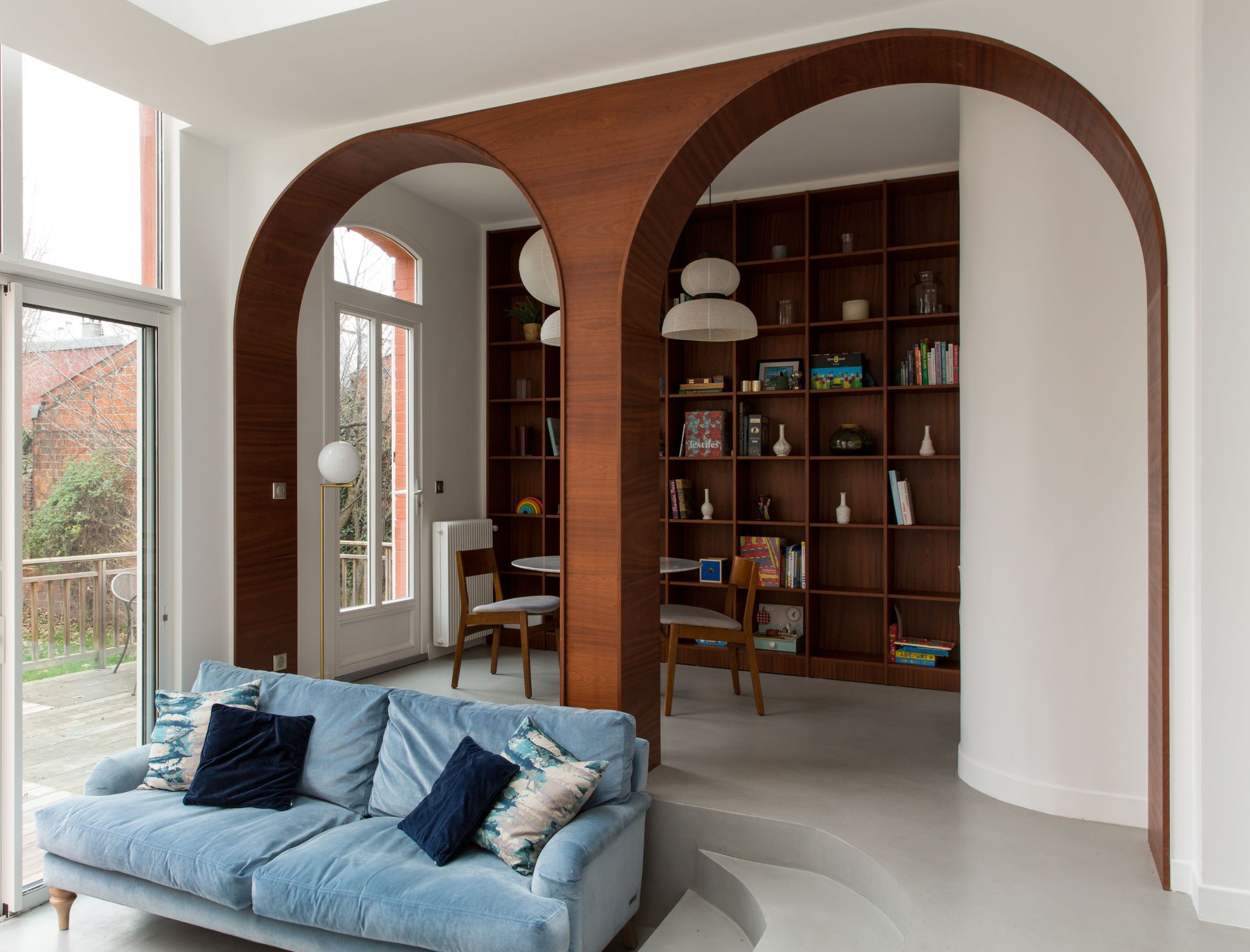
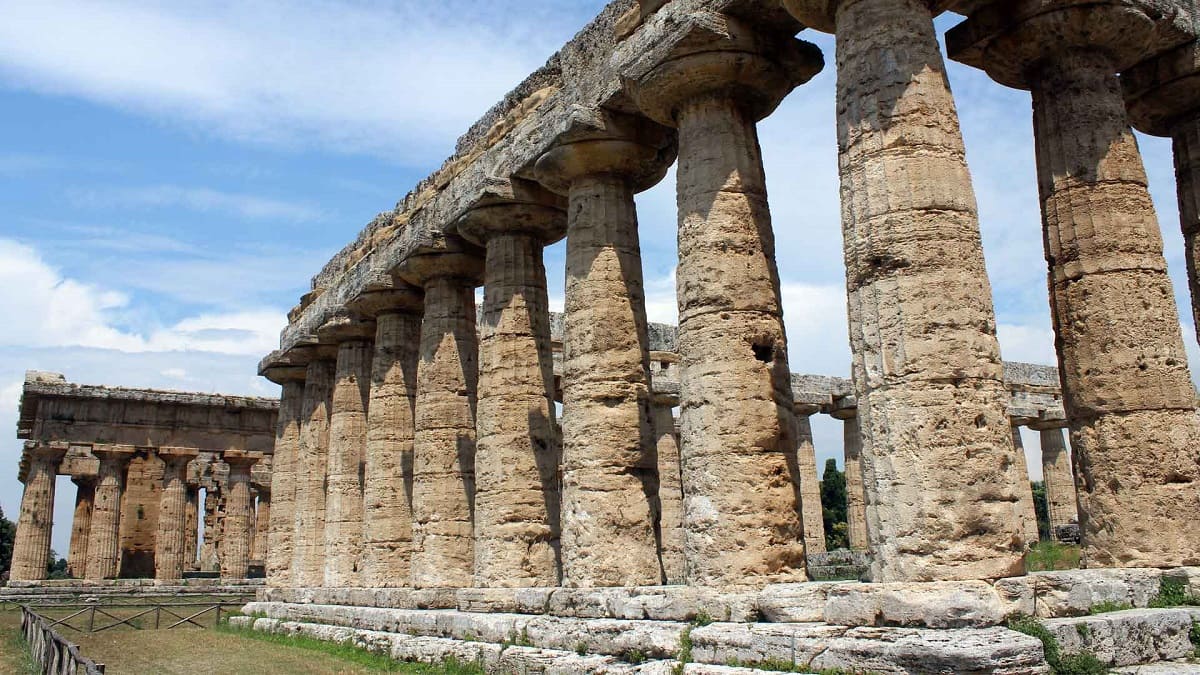
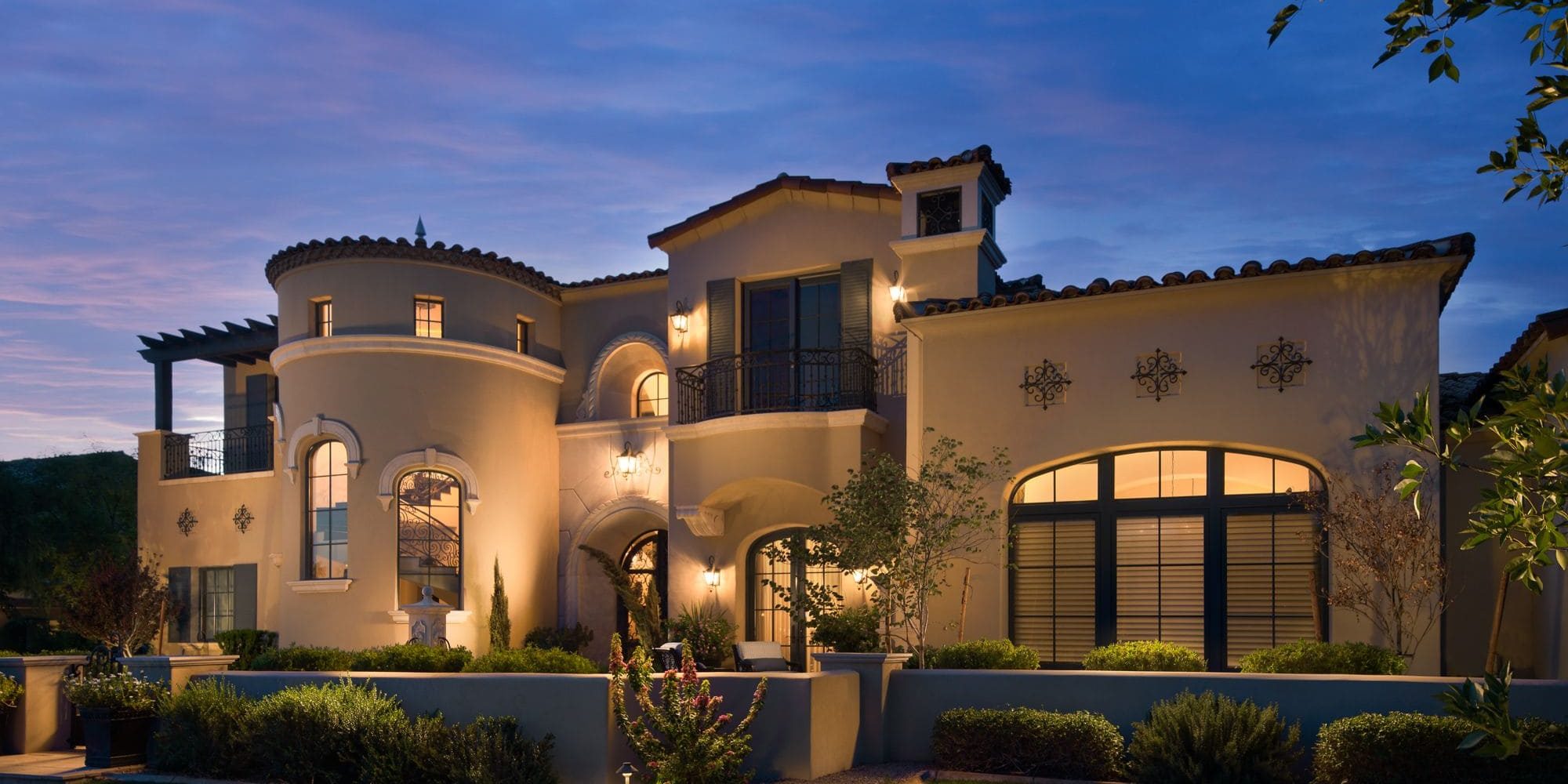

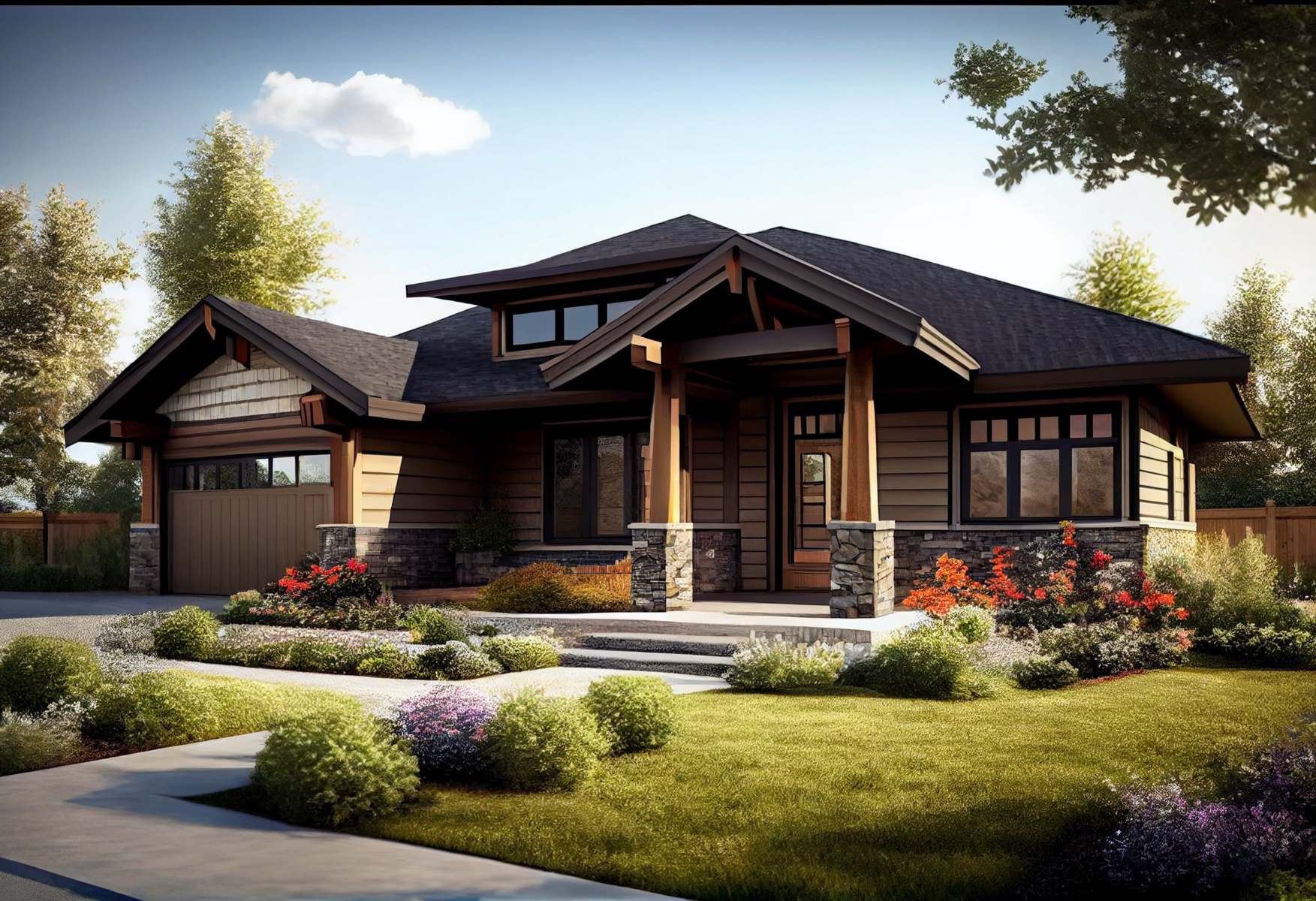

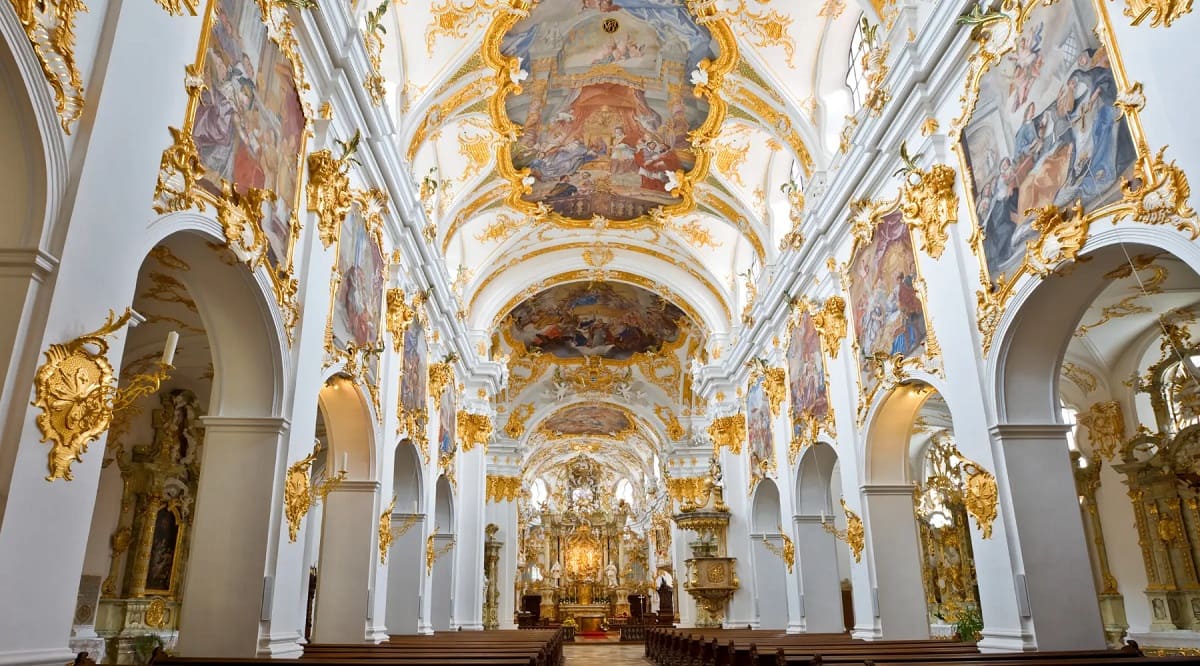



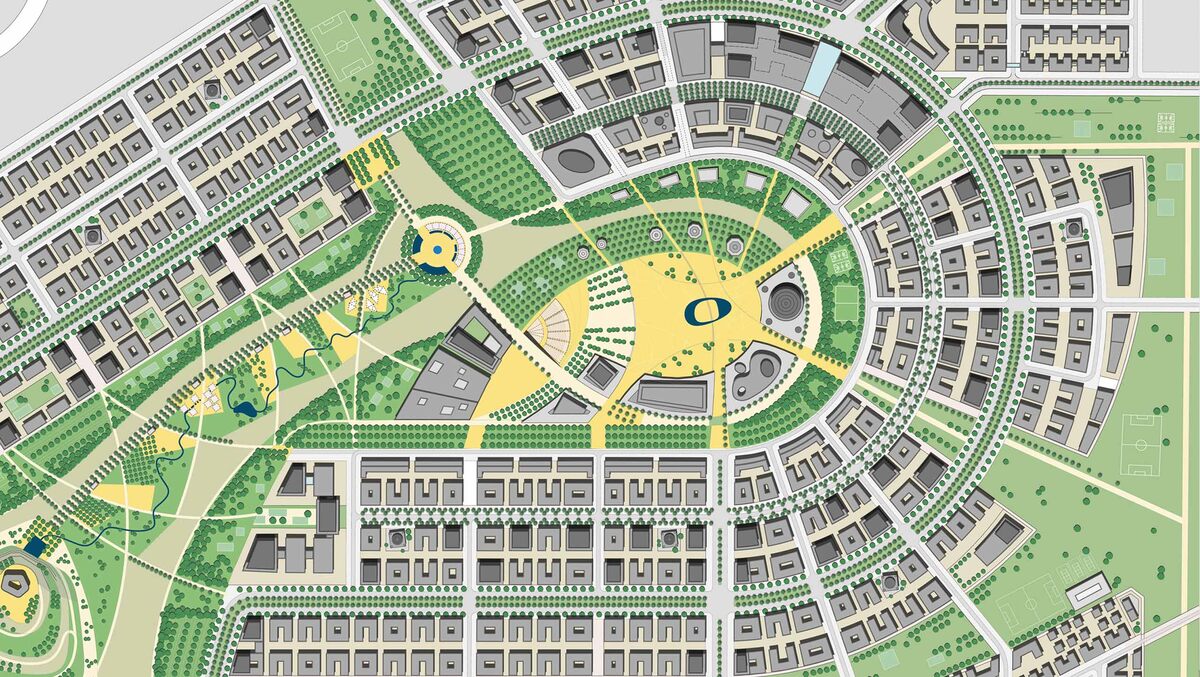




0 thoughts on “Which Architectural Style Features Pointed Arches?”